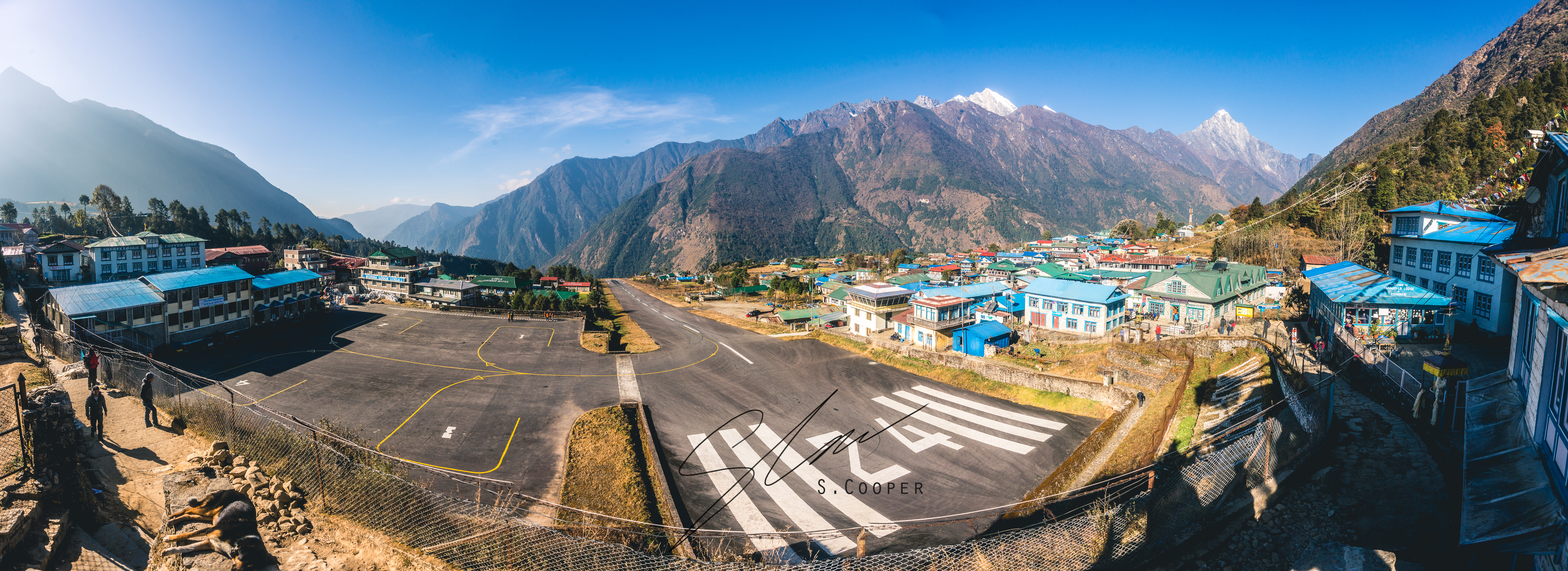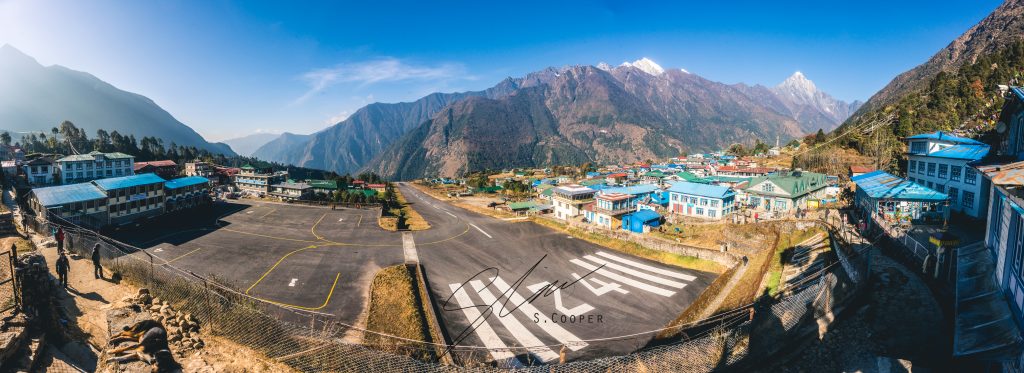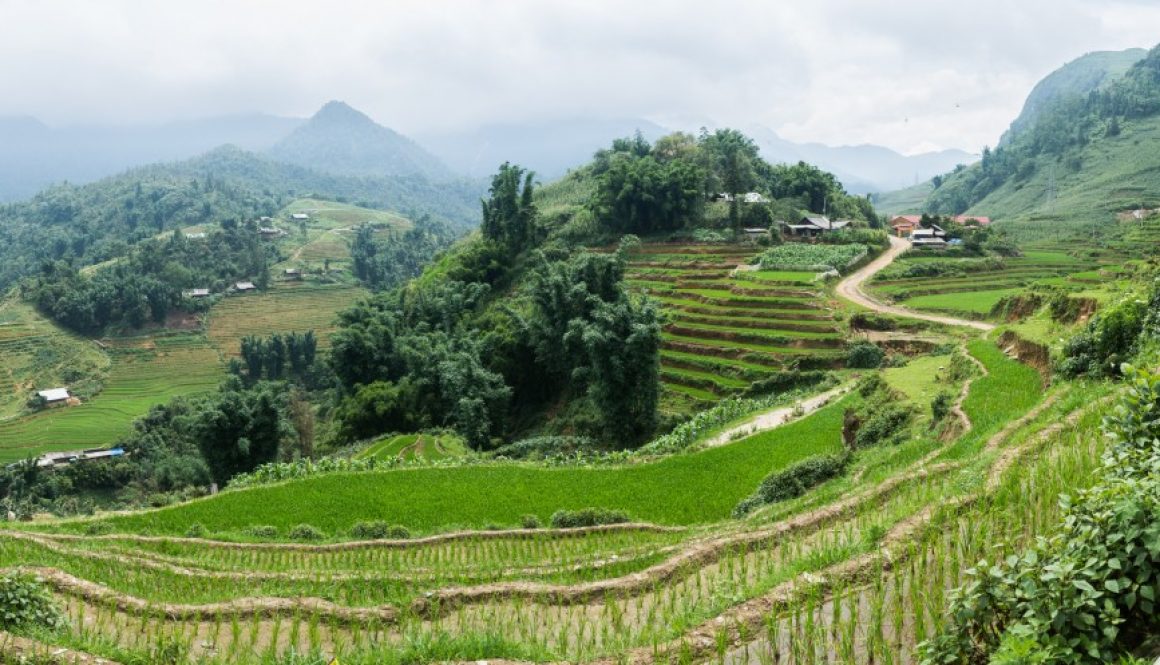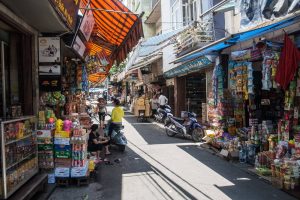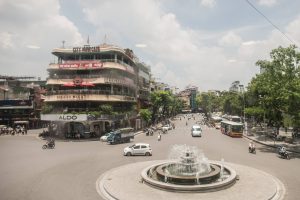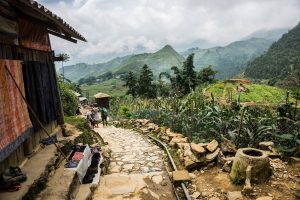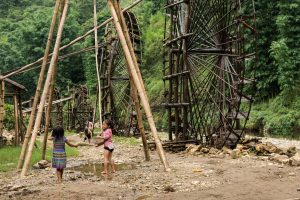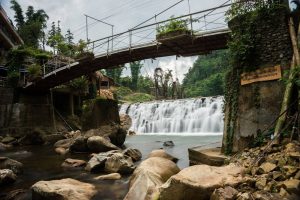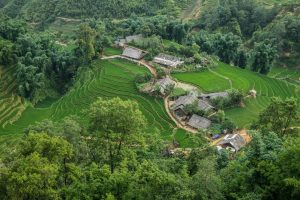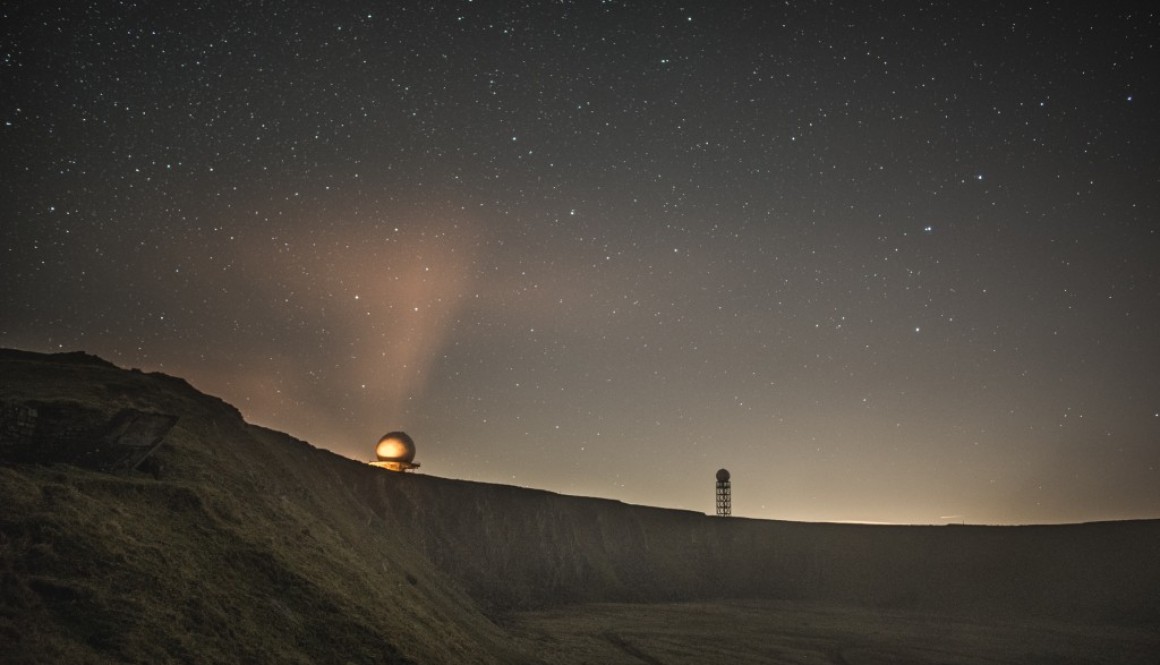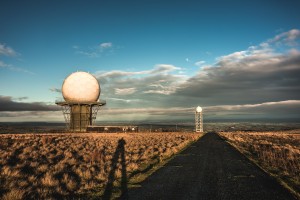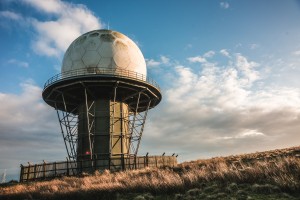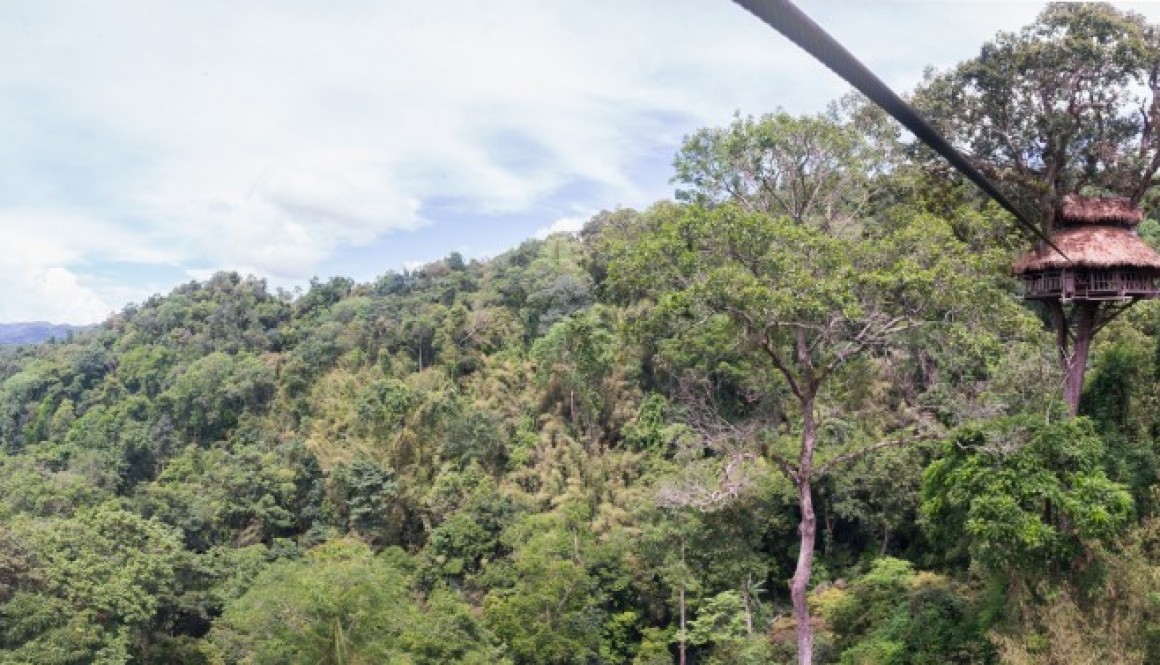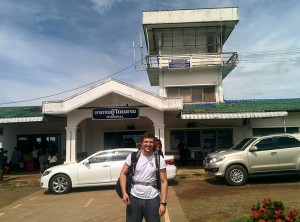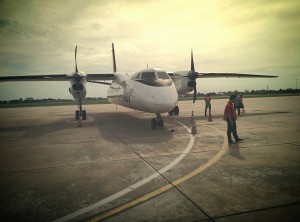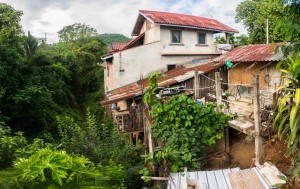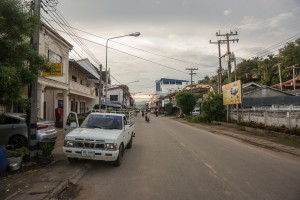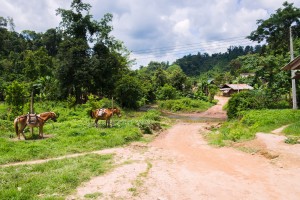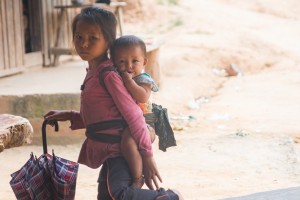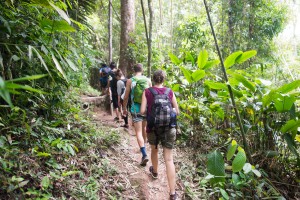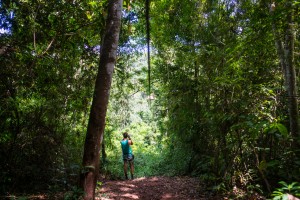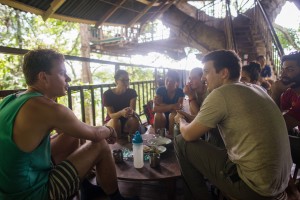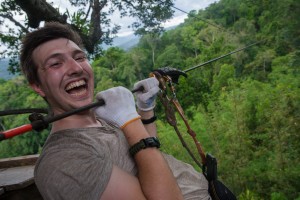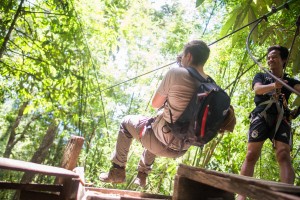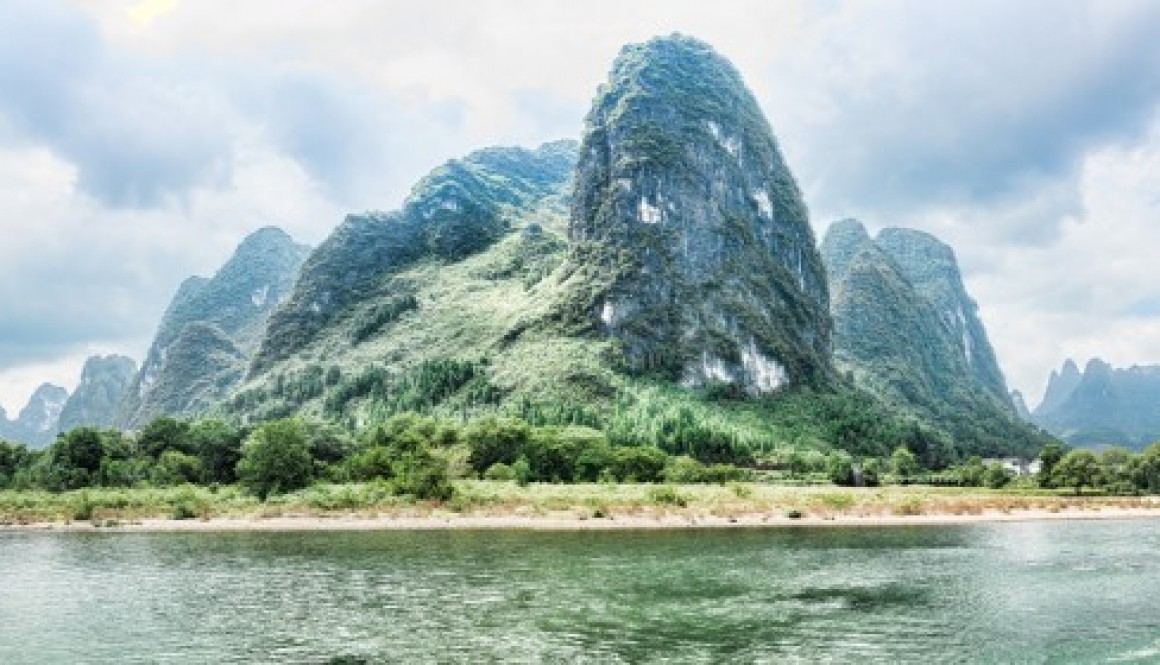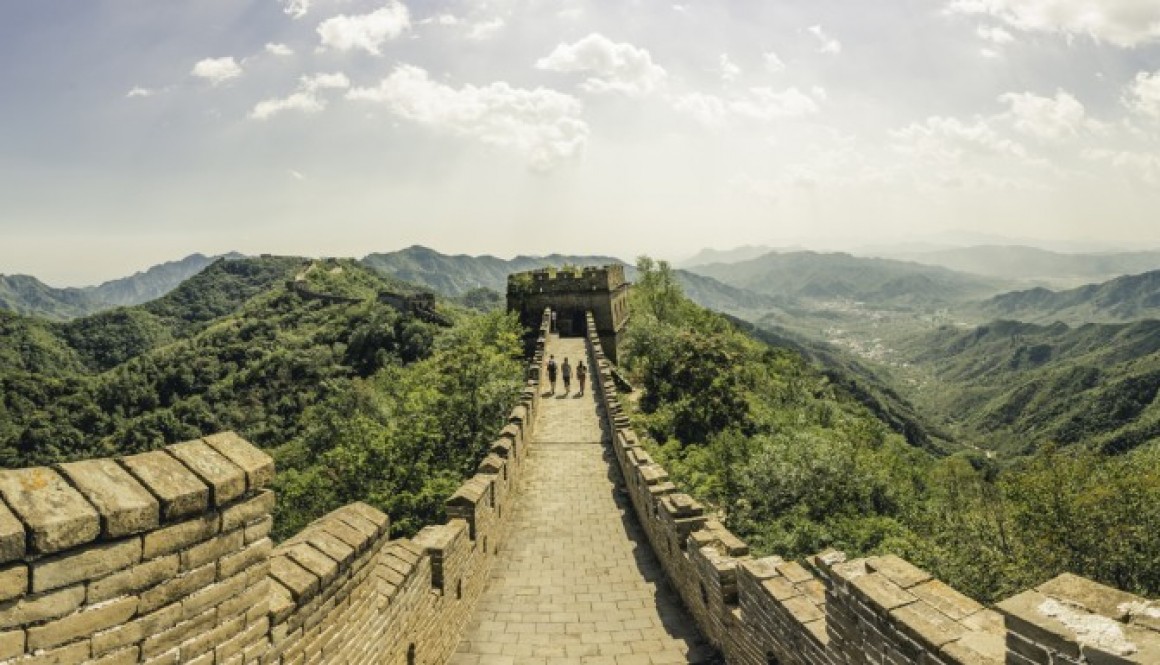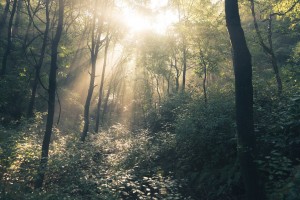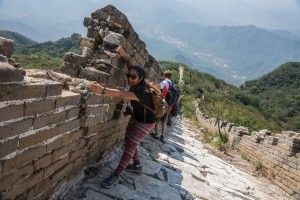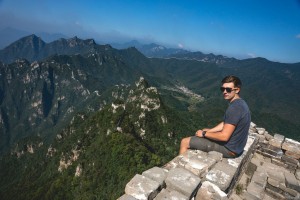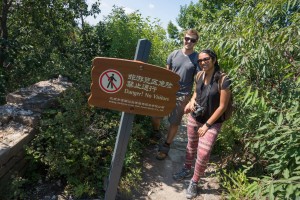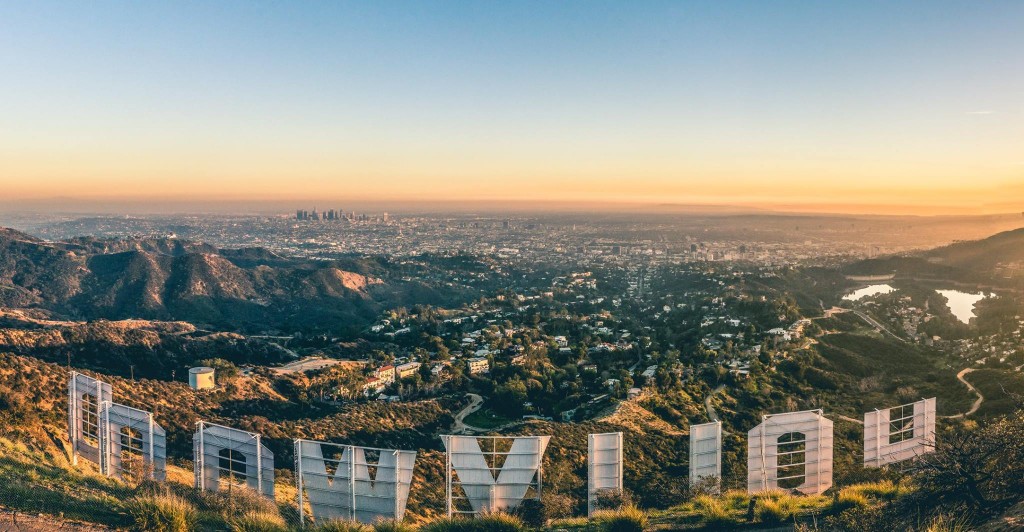Behind the Camera : The World’s Most Dangerous Airport
Getting a little too quiet around here…
2017 was almost looking like an unadventurous year for me. I’d had a nice short break in Devon with my family early in the year but after that the process of settling in to my new job and new home city, along with an illness that drained me mentally for quite a few months, no travel had occurred and combined with my tendency to over analyse everything I write this blog and my passion to write had been dwindling. To think that my year changed so drastically thanks to a wedding invitation from one of my colleagues and new friend who was preparing to marry his Nepalese fiancé in her home town of Kathmandu, Nepal. When he showed me that invite I without hesitation agreed. Not only was the idea of attending a Hindu wedding in a foreign country a pretty cool prospect, I knew it’d put me smack bang in the right country to do something that me and Andy had talked about doing last year but couldn’t due to time; the Everest Base camp trek.
 And that’s how on November 18th 2017, after months of preparing gear and training and a four hour delay (most of which was spent sat in a greenhouse-esque coach on the tarmac of the airport) I found myself fearing for my life in the air on a tiny 18 seat airplane heading from Kathmandu to the Tenzing Hillary Airport in Lukla (also known as the “World’s most dangerous airport”). An airport at 2845m with an 11% gradient runway and surrounded by terrain that makes a second landing attempt almost impossible that when you finally do land gives you an indescribable appreciation for the simple fact you’re alive. Day 1: Already feel in over my head.
And that’s how on November 18th 2017, after months of preparing gear and training and a four hour delay (most of which was spent sat in a greenhouse-esque coach on the tarmac of the airport) I found myself fearing for my life in the air on a tiny 18 seat airplane heading from Kathmandu to the Tenzing Hillary Airport in Lukla (also known as the “World’s most dangerous airport”). An airport at 2845m with an 11% gradient runway and surrounded by terrain that makes a second landing attempt almost impossible that when you finally do land gives you an indescribable appreciation for the simple fact you’re alive. Day 1: Already feel in over my head.
 Prior to this questionable mode of transportation, I had spent 4 days in the Thamel district of Kathmandu ensuring I had all my gear in place and all the appropriate clothing for the potential weather conditions ahead. I don’t think any amount of preparation would have truly made me feel ready for what lay ahead in the 15 day trek but stepping on to the tarmac of that remote airport, surrounded by such serene beauty, I could barely contain my excitement for the journey ahead. I certainly wasn’t going to let 2017 end without some crazy adventure.
Prior to this questionable mode of transportation, I had spent 4 days in the Thamel district of Kathmandu ensuring I had all my gear in place and all the appropriate clothing for the potential weather conditions ahead. I don’t think any amount of preparation would have truly made me feel ready for what lay ahead in the 15 day trek but stepping on to the tarmac of that remote airport, surrounded by such serene beauty, I could barely contain my excitement for the journey ahead. I certainly wasn’t going to let 2017 end without some crazy adventure.
What does this actually involve?
I wanted to keep the main content of this post pretty short but for those who have somehow managed to stumble across my blog (hello by the way) and are unfamiliar with the Everest Base Camp Trek, much like I was before this trip, here’s a quick rundown.
The trek itself starts in the town of Lukla at the Tenzing Hillary airport at an altitude of 2845m. This airport serves as the hub for this entire mountain region, there are no roads and all supplies come in through this airport. Over the next few days the trail leads through the Khumbu mountain region slowly gaining elevation until finally (or hopefully) on day 8 you reach Everest Base Camp at 5364m. It’s important along the way to gain altitude as slowly as possible to give your body the best chance to acclimatise to the lack of oxygen in the air. Altitude sickness can affect anyone independent of fitness, gender or age and it can really come down to pot-luck as to whether you’ll get hit or not. If ignored altitude sickness can become serious and very often fatal. The first 8 days include some additional, and horrifically titled “rest days” where you’ll spend an additional night at the same altitude but ascend much higher during the day to prepare your body for the following day.
If only attempting to reach base camp, it’s possible to do the entire trek in around 12 days. Despite, or possibly due to, my lack of experience I opted to do add some additional destinations on to my itinerary that I’d been informed would make for some excellent photos but would not come easily. I was in no way mentally or physically prepared for this trip, it was something I had decided I wanted to do and decided I’d work it out as I went along.
Upon setting off for Nepal this was the daily plan provided by my guide:
Day 1: Fly to Lukla, trek to Phakding (2610m)
Day 2: Trek to Namche (5 hours – 3440m)
Day 3: Rest day
Day 4: Trek to Tengboche (6 hours – 3860m)
Day 5: Trek to Dingboche (6 hours – 4410m)
Day 6: Rest day
Day 7: Trek to Lobuche (5 hours – 4910m)
Day 8: Trek to Gorak Shep (5410m), hike to base campe (5354m)
Day 9: Hike to Kalapatthar (5550m), trek to Dzonglha (4830m)
Day 10: Cross the Cho La Pass (8 hours – 5368m), rest at Thangnag (4700m)
Day 11: Trek to Gokyo (4790m)
Day 12: Trek to Gokyo Ri (5357m), trek to Machhermo
Day 13: Trekyt to Dhole (4110m)
Day 14: Trek to Namche (5 hours – 3440m)
Day 15: Trek to Lukla
Day 16: Fly the Kathmandu
If you have enjoyed reading this or have any questions please feel free to post a comment.
